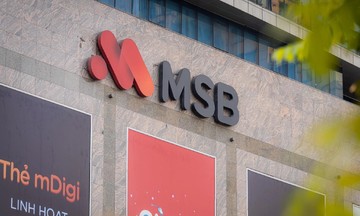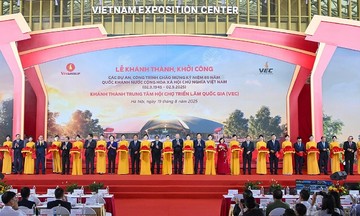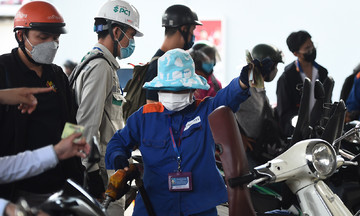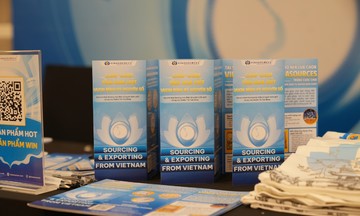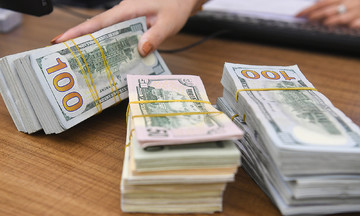Alternative lending has existed for some time, but the market has only taken shape in the last 5 years. According to a late June report by Fiin Group, four models currently operate in Vietnam: title lending, peer-to-peer lending (P2P lending), payday lending, and buy now, pay later (BNPL).
The alternative finance market saw a compound annual growth rate of 36.8% from 2021-2023, primarily driven by the expansion of new-generation pawn shops, which hold nearly 60% of the market. This segment includes traditional pawn shops and tech-enabled companies like F88. The remaining models primarily operate through digital platforms, with payday lending and BNPL largely provided by foreign tech companies.
Despite their diverse operations, these models share common features: simple procedures, small and short-term loans, and no requirements for collateral or credit history. This is why many refer to this market as "subprime lending."
 |
An F88 branch at 5 Nguyen Thi Due, Yen Hoa ward, Hanoi. Photo: F88 |
An F88 branch at 5 Nguyen Thi Due, Yen Hoa ward, Hanoi. Photo: F88
Models like payday lending, BNPL, and P2P lending currently lack specific legal frameworks, mostly operating based on civil contracts. This creates difficulties in oversight and consumer protection. From July 1st, P2P lending will be brought under a regulatory sandbox framework as proposed by the State Bank of Vietnam.
Among the four segments, title lending is the only one with a relatively clear legal framework. Under the Law on Enterprises, the Civil Code, and Decree 96, pawn shops must register their businesses, obtain licenses, and undergo local supervision. Baker McKenzie Vietnam assesses this model as controlled due to the licensing requirements, collateral, and transparent capital flow.
 |
F88 staff advising customers. Photo: F88 |
F88 staff advising customers. Photo: F88
According to Article 468 of the 2015 Civil Code, the lending interest rate cannot exceed 20% per year unless otherwise agreed. In practice, businesses often apply flexible interest rates within the legal framework. However, non-contractual costs like insurance, asset management fees, or affiliated services remain unstandardized, varying by each company's operations.
Some legal experts suggest that if these costs push the total expenses beyond the legal limit, businesses may face legal risks and even prosecution if their actions constitute usury.
However, investors should not assume all non-bank models carry the same level of risk. Differentiating factors include transparency and the chosen legal framework.
Businesses with transparent operations, audits, and clear internal processes are generally rated higher due to easier risk management. In the capital market, this also helps them achieve better valuations compared to those operating outside regulatory oversight.
In many countries like the US, India, and Thailand, models such as P2P lending, BNPL, and title lending all developed in legal gray areas before being legalized as part of the financial ecosystem. During this period, businesses often improved their internal control systems and operational transparency to anticipate future regulations.
According to Fiin Group, Vietnam's alternative finance market has significant potential, especially for those who lack access to traditional credit. However, the legal framework is still under development.
In this context, businesses choosing compliance and connecting with the supervisory system will be crucial for market differentiation, enhancing valuation, and building investor confidence.
Tue Anh



